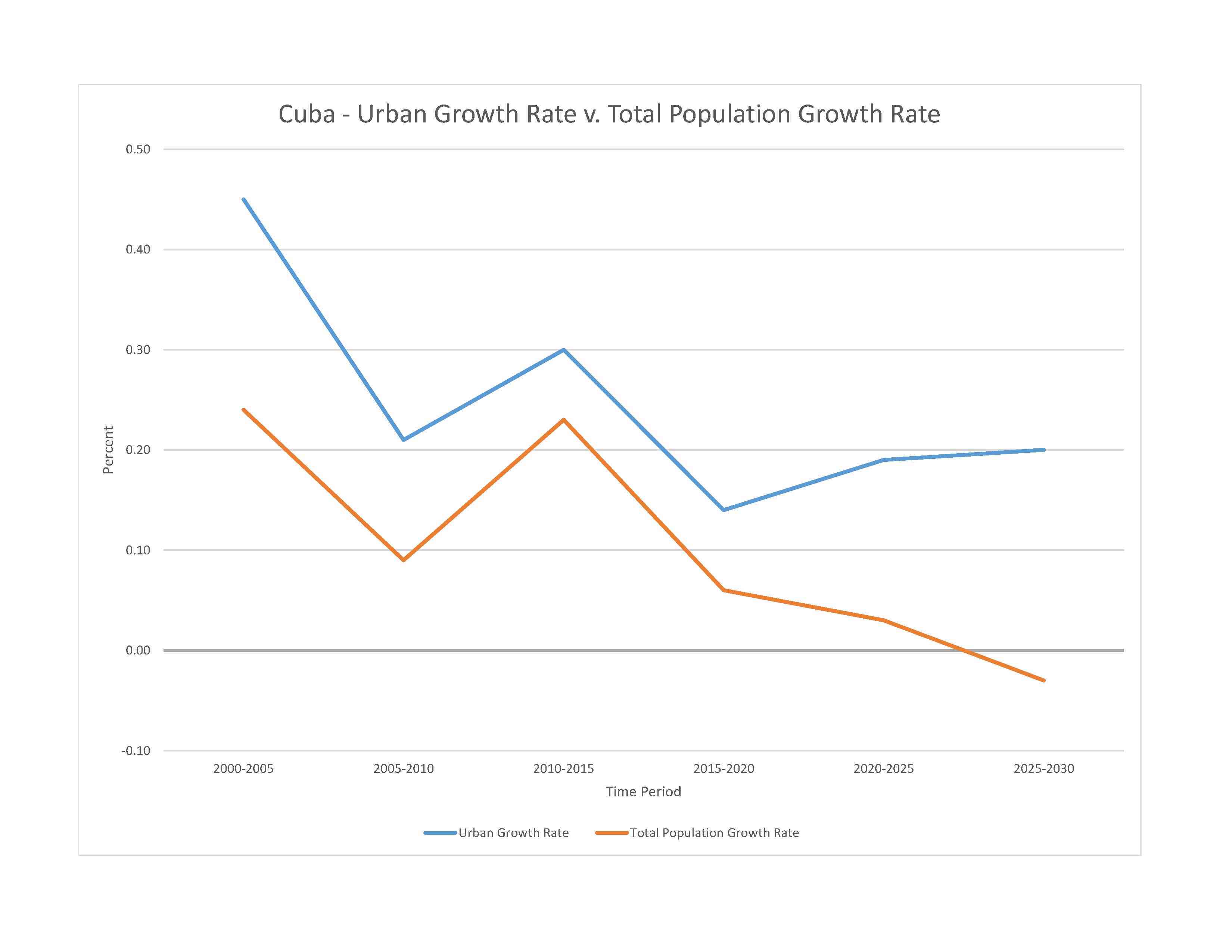
soil degradation and desertification (brought on by poor farming techniques and natural disasters) are the main environmental problems; biodiversity loss; deforestation; air and water pollution
party to: Antarctic Treaty, Biodiversity, Climate Change, Climate Change-Kyoto Protocol, Climate Change-Paris Agreement, Comprehensive Nuclear Test Ban, Desertification, Endangered Species, Environmental Modification, Hazardous Wastes, Law of the Sea, Marine Dumping-London Convention, Ozone Layer Protection, Ship Pollution, Wetlands
signed, but not ratified: Marine Life Conservation
tropical; moderated by trade winds; dry season (November to April); rainy season (May to October)
agricultural land: 60.3% (2018 est.)
arable land: 33.8% (2018 est.)
permanent crops: 3.6% (2018 est.)
permanent pasture: 22.9% (2018 est.)
forest: 27.3% (2018 est.)
other: 12.4% (2018 est.)
urban population: 77.5% of total population (2023)
rate of urbanization: 0.19% annual rate of change (2020-25 est.)

0.06% of GDP (2018 est.)
0% of GDP (2018 est.)
particulate matter emissions: 13.32 micrograms per cubic meter (2019 est.)
carbon dioxide emissions: 28.28 megatons (2016 est.)
methane emissions: 9.3 megatons (2020 est.)
municipal solid waste generated annually: 2,692,692 tons (2007 est.)
municipal solid waste recycled annually: 255,536 tons (2015 est.)
percent of municipal solid waste recycled: 9.5% (2015 est.)
municipal: 1.7 billion cubic meters (2020 est.)
industrial: 740 million cubic meters (2020 est.)
agricultural: 4.52 billion cubic meters (2020 est.)
38.12 billion cubic meters (2020 est.)
NOTE: The information regarding Cuba on this page is re-published from the 2024 World Fact Book of the United States Central Intelligence Agency and other sources. No claims are made regarding the accuracy of Cuba 2024 information contained here. All suggestions for corrections of any errors about Cuba 2024 should be addressed to the CIA or the source cited on each page.
This page was last modified 04 May 24, Copyright © 2024 ITA all rights reserved.